The Playgoer is worried that “Rachel Corrie” Buffered in Beantown may be pointing to a troublesome trend developing in theatre.
He his talking about the “contextualization” of the play My Name Is Rachel Corrie by the New Repertory Theatre in a preview report on the production in the Boston Globe.
[New Rep] had originally planned to pair “My Name Is Rachel Corrie” with the one-act “To Pay the Price,” about the late Israeli Army hero Jonathan “Yoni” Netanyahu. But after the Netanyahu family heard of the plans, it asked that “To Pay the Price” be pulled from the lineup, deeming the two plays incompatible.
Forging ahead, New Rep replaced “Price” with the solo show “Pieces,” written and performed by an Israeli-American, Zohar Tirosh, about her experience serving in the Israeli military in the mid-1990s, when peace seemed like a real possibility. The company is also surrounding the two works – staged in its 90-seat black-box space – with related panel discussions,talkbacks, readings, and films, including the Oscar-nominated documentary “Promises.”
The New Rep’s producing artistic director, Rick Lombardo, says that this mini-festival on the Israeli-Palestinian conflict is not part of an effort to deflect criticism of “Rachel Corrie,” but is instead the result of nine months of planning and dialogue that he and his staff engaged in with various communities, from the Arab Anti-Defamation League to the American Civil Liberties Union to the Jewish Community Relations Council.
Of course this was very similar to the approach that New York Theater Workshop’s artictic director Jim Nicola had wanted to take in presenting the piece. He was roundly criticized and unjustly accused of censorship for postponing the production to accomplish that goal.
Garrett is right-on in his observation that, “Isn’t it funny that this approach has not been advocated for plays on any other issue?” But I think he is off in his concluding observation and fears of a new trend.
But look: we don’t see this approach taken with plays of any other subject, do we? (Or so far, of any other plays!) So obviously we don’t need to worry about this becoming a trend, right? Or do we…
As Jeremy Gerard reported at the time of the controversy, “Rachel Corrie” was not the first play on this issue that was postponed to await “contextalization.” There was nothing new or trend setting in the approach that NYTW was attempting and what is scheduled to happen now in Boston.
In the U.S. this season, an off-Broadway company, the New York Theatre Workshop — probably best known as the group that developed “Rent” as well as TonyKushner’s “Homebody/Kabul” — was to have presented “Rachel Corrie.” But artistic director James Nicola announced last week that the production was being “delayed” while the group considered the best way to “contextualize” the play. Translation: People are complaining that presenting this work gives a bullhorn to Israel’s enemies, and that makes us very nervous. So we’re going to see if we can render “My Name Is Rachel Corrie” toothless or, barring that, postpone it and pray really hard that the problem eventually just goes away.
Papp’s `Storytellers’
That’s what Joe Papp also may have hoped when something similar happened to the founder of the New York Shakespeare Festival and overseer of the Public Theater. In the summer of 1989,Papp abruptly canceled an appearance by a touring Palestinian theater troupe. El-Hakawati (“The Storytellers”) was slated to perform “The Story of Kufur Shamma ,” the tale of a Palestinian refugee’s return to his long-deserted village 40 years after the birth of the modern state of Israel.
As with “Rachel Corrie,” protests erupted. Somewhat more transparent than Nicola, Papp simply announced that he’d had second thoughts. Since he had never presented a pro-Israeli play, he told the press, “it just seemed inappropriate” to produce “Kufur Shamma” as his first statement on such a hand grenade of an issue. Thinking he could buy time as well as support, he promised to present the play within a year. In fact,Papp, already dying from cancer, never did produce “Kufur Shamma.”
`Contextualizing’ the Play
When it opened later that summer under a different producer’s banner, no protests ensued, and the review by a third-string New York Times critic referred only obliquely to the earlier controversy, thoughtfully leaving Papp’s name, and that of his theater, completely out of it.
Interesting that Garrett points to Wally Shawn’s Aunt Dan and Lemon, a controversial play which premiered at The Public also in the late ’80’s, as evidence of a play that didn’t need to run for cover when confronting the unpleasant.
So by running for cover behind as many “diverse views” as possible, we deprive the theatre of that special frisson that can only come from confronting the unpleasant. Even if it is “wrong.” Think of that ending from Wallace Shawn’s Aunt Dan and Lemon, for instance, where the heroine leaves us with an atrocious monologue justifying Kissingerian ethics on warcrimes, assassination, and such. Now imagine someone coming out after the show having to explain to you, “Now boys and girls, that was justa play. We don’t really think that.”
However, as Jeff Jones points out in his smart essay On Geezer Theatre, although Aunt Dan and Lemon did not exactly run for cover, its author Wallace Shawn did invent his own special species of buffering or contextalizing to frame the play.
The really curious thing about Shawn’s play-and the best evidence of the theatre’s provinciality in these matters-is that the author felt it necessary to add both prologue and epilogue explaining at length how one could write (and read) a play which didn’t unambiguously reflect the beliefs of the playwright.
The epilogue that Jeff Jones references is an essay that Wally Shawn wrote as addendum to the published text of the play. The prologue refers to a peculiar act of contextalization by the playwright who was also an actor in the original ensemble.
At the original production of this play at The Public in 1986, there was reportedly such a vocal and disturbed response from some in the audience that Shawn wrote an essay “Notes in Justification of Putting the Audience Through a Difficult Night at the Theater,” and handed it out to the audience.
Garrett found it a preposterous notion that someone would need to explain Aunt Dan and Lemon with a statement like “Now boys and girls, that was just a play. We don’t really think that.” But in reading the “written prologue” passed out to the audience, the playwright Shawn seems to be accentuating exactly that very simple reality of “it’s just a play” to his audience, so as to guide them into the correct reception of the play and afterthoughts of the experience.
A play represents a self-enclosed little world for the audience to examine. It’s an opportunity to look objectively at a group of people, to assess them, to react to them, and to measure oneself against them, to ask, “Am I like that?”
The politics of reception are complicated. Both playwright Shawn and artistic director Nicola were similarly attempting to manipulate audience reception. Nicola’s action like Shawn’s should be labeled production dramaturgy, or perhaps even public relations, but not censorship. To do so trivializes the fact that real and dangerous forces of censorship do exist in the world. Jeremy Gerard does exactly that when he suggests that even threats of violence should not give producers pause.
Another person Nicola might turn to for guidance is Lynne Meadow, artistic director of the Manhattan Theatre Club. When Meadow announced plans to offer “Corpus Christi,” a TerrenceMcNally play suggesting that Jesus might have been gay, she faced demonstrations and threats of violence. So she and executive producer Barry Grove canceled the production, briefly suffering the very public indignity of an artists’ boycott of her theater. Ultimately the play went up, uncontextualized. The protests and threats came and left, life went on, Christendom endured.
The more apropos play and production which Jeremy Gerard doesn’t cite in his article is one with which both he and I had an unique relationship. He was working for the theatre section of the New York Times in 1987 when our theatre sent out our press release on Rainer Werner Fassbinder’s Trash, The City and Death. Jeremy Gerard was the first journalist to contact us. He then called and talked to me as director probably every third day in the final weeks of our rehearsal. He insisted up until the production opening that he was writing an article for the Times. The last word I heard from him was laden with the frustration of a writer suffering under censorship or self-censorship in some way and yet still emphatically insisting, “I will write something. I don’t know what. But I promise that I will write something.”
Fassbinder’s Trash, The City and Death had a history of failed attempts at productions as well as volumes of critical debate on its merits. Branded anti-Semitic by some, consensus was that the play was unproduceable for that reason. Fassbinder’s piece was speaking to real estate speculation exploiting the city of Frankfurt; our production found parallels in mid ‘80’s Lower East Side on New York. (Fassbinder had stipulated that the play’s premiere had to be in either Frankfurt or New York.) After rehearsing the play for nine months with an ensemble of twenty-five, we produced its premiere in the celebrated artists’ squat ABC No Rio.
Happenstance had one third of the ensemble members Jewish, which would be odd in any American city other than New York. At the time, and probably still true today, there were more Jews in NYC than any other city in the world, including TelAviv. The issue that this play scrutinized was our issue. The issue of our ensemble and our city. Whatever bravado the ensemble assumed or projected in the face of the censorship and threats was eclipsed by the mostly unacknowledged grace that the art form itself provided us. Theatre is still that near sanctified space where we come face to face with the vulnerability of our humanness.
As someone who was in constant contact with me, Jeremy Gerard was well aware of the layers of covert and overt censorship surrounding our production. Ten days prior to our opening, the Anti-Defamation League of the influential Jewish B’nai B’rith organization spread warnings on the play, calling it a “catalyst for antisemitic and racist reactions.” A few days later we received a tacit death threat on our phone machine, this at a time when the violent Jewish Defense League was still active in the city.
This world premiere production of Trash, The City and Death was an international news story. Press from four different countries in Europe came to film the opening. This “uncontextualized” controversial play and production received every type of press coverage imaginable, locally in New York and throughout Europe, but Jeremy Gerard’s promised story never appeared. I never asked him why and he never told me. Most of us in the ensemble assumed his editors at The Times had nixed it. If I asked Jeremy Gerard now, he might not even remember the story he was trying write. I know that my own two-decade old memory of facts is as they say, convenient, so I would imagine his memory to be the same. It’s a memory that edits and contextualizes. It’s a memory that censors the story until it fits into the truth we want to believe and recite.
CORRECTION: I had not talked to Jeremy Gerard in twenty years or followed his journalism in that time. Turns out that he has been a longtime advocate for artistic freedom. He pointed me to this feature in New York magazine that gives a fuller look at his journalism on the Manhattan Theatre Club controversy ten years ago. As this excerpt proves Jeremy obviously never minimized the threats of violence or any other attempts at censorship against the producers. The article shows his sincere attempt to differentiate the various concerns involved in this complex issue. I had suggested something different above. My bad.
In fact, they had good reason to be fearful. After reports about the play appeared in the New York Post, the Catholic League for Religious and Civil Rights called on elected officials to cut off the company’s public funding and attacked the play — or at least the idea of the play, since clearly no one at the league had read it — as “despicable” and “sick beyond words.” And lest anyone not share that view, the league promised to “wage a war that no one will forget” against anyone foolhardy enough to present Corpus Christi.
Suddenly, the theater was getting telephone threats addressed to “Jew guilty homosexual Terrence McNally. Because of you, we will exterminate every member of the theater and burn the place to the ground . . . Death to the Jews worldwide.” Those threats, Meadow and Grove insisted, led to their decision to delay the production until they could ensure adequate security
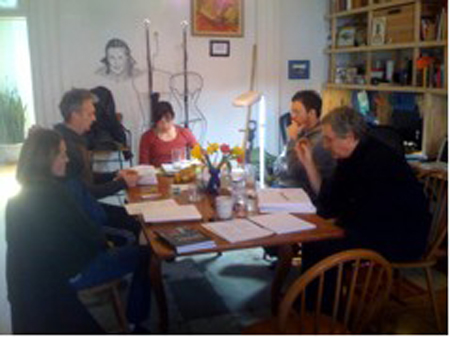

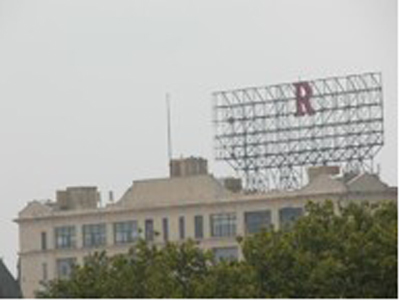

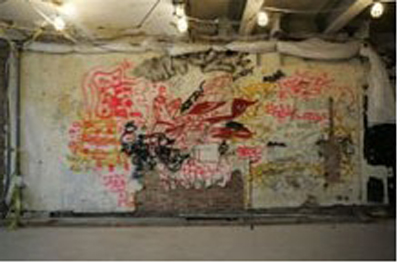
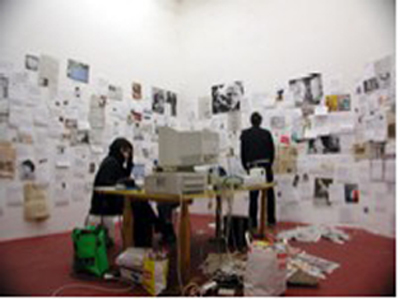
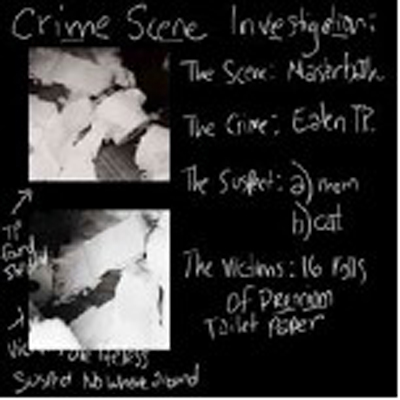
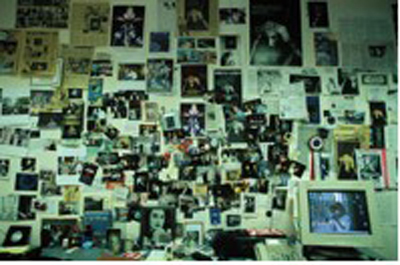
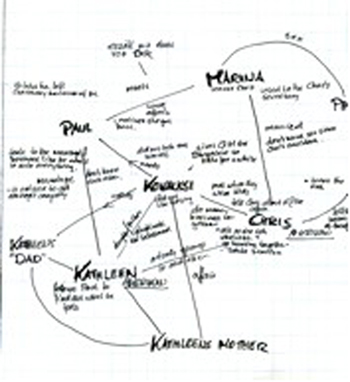
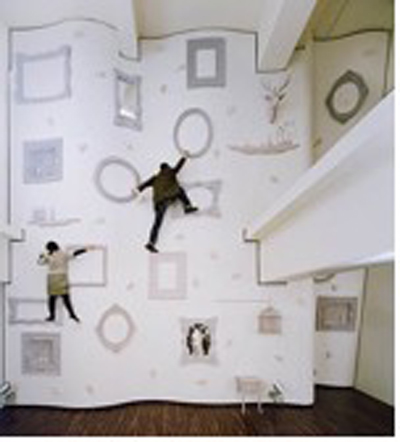
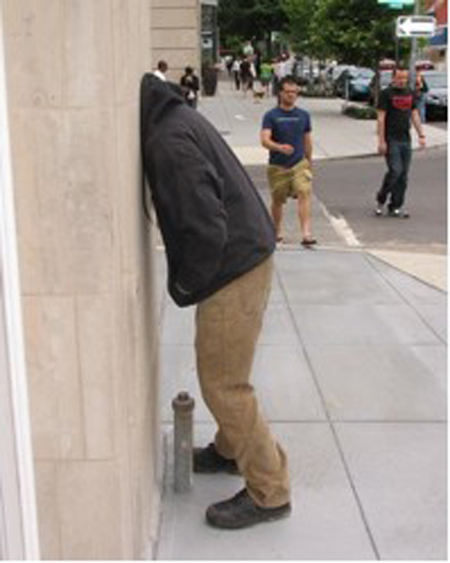
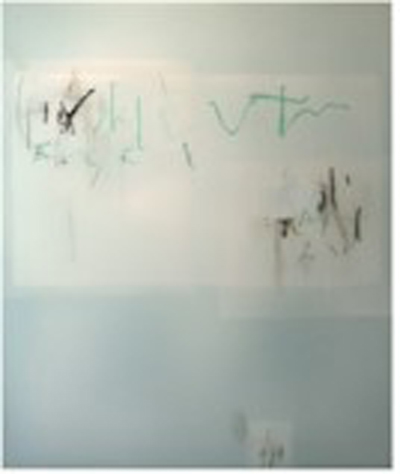
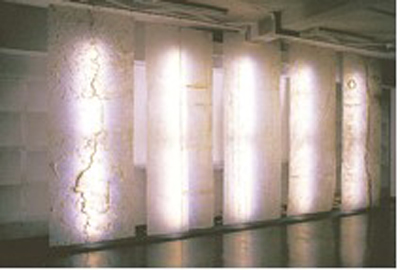

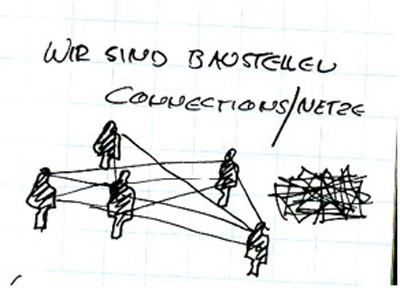
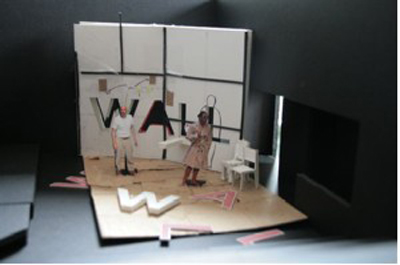
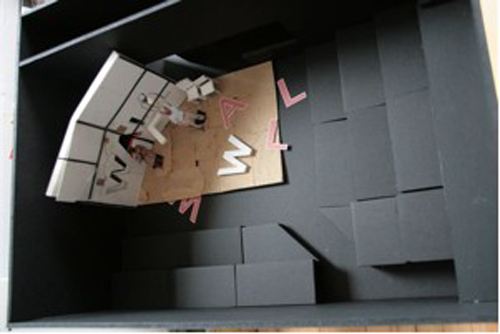
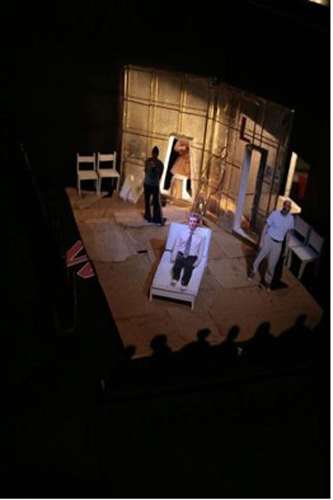
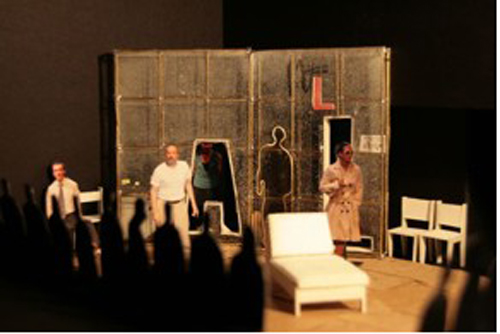
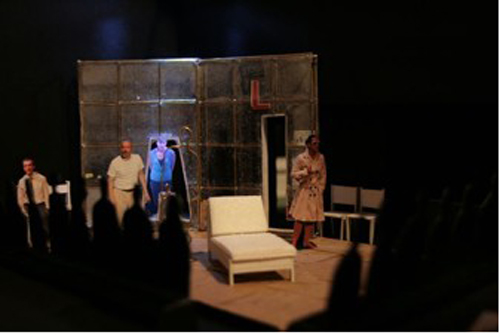
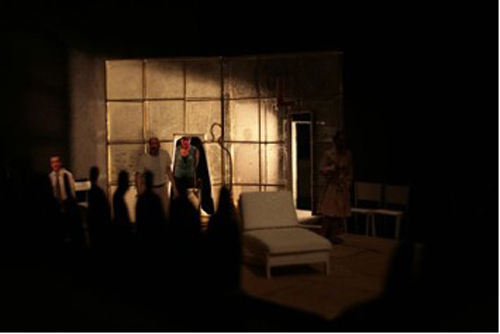
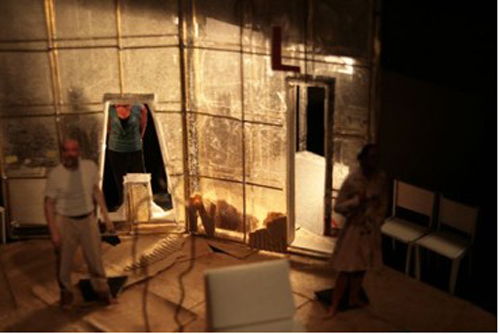
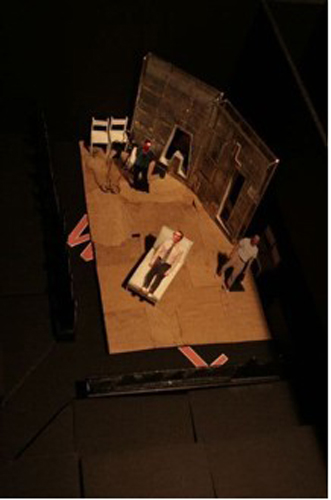
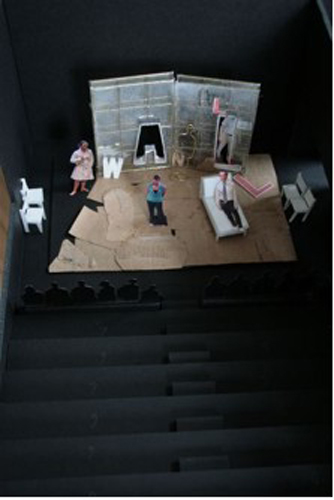
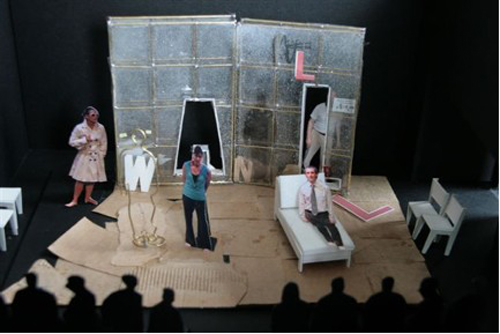
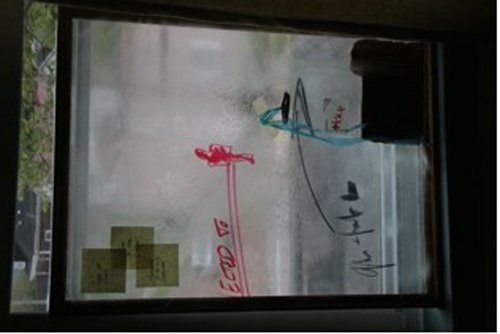
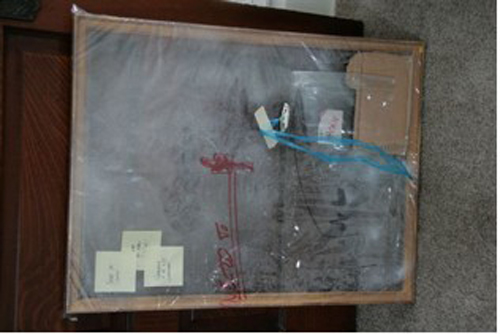
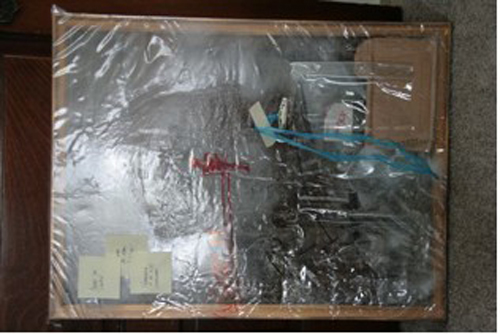


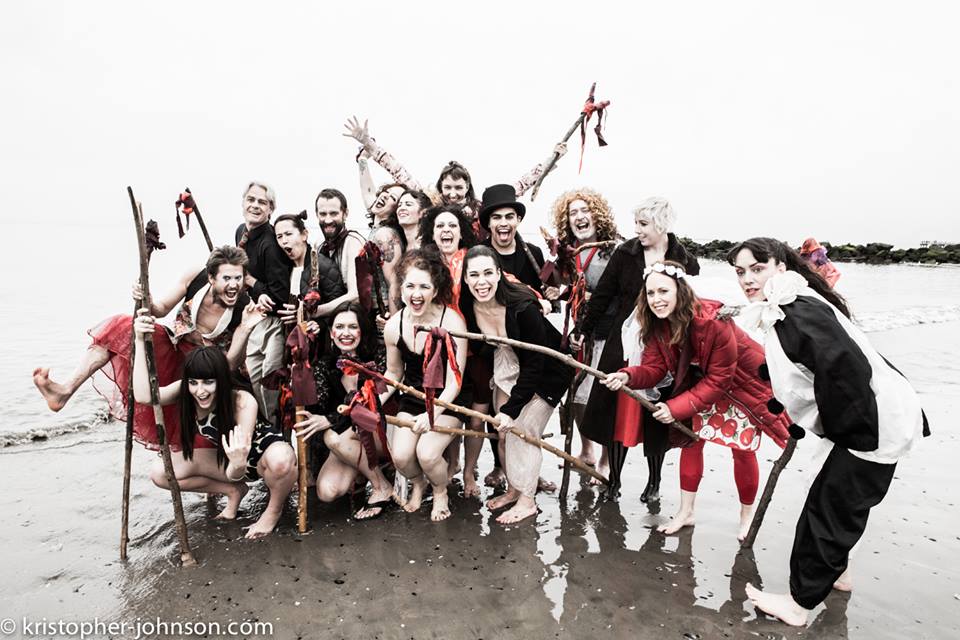
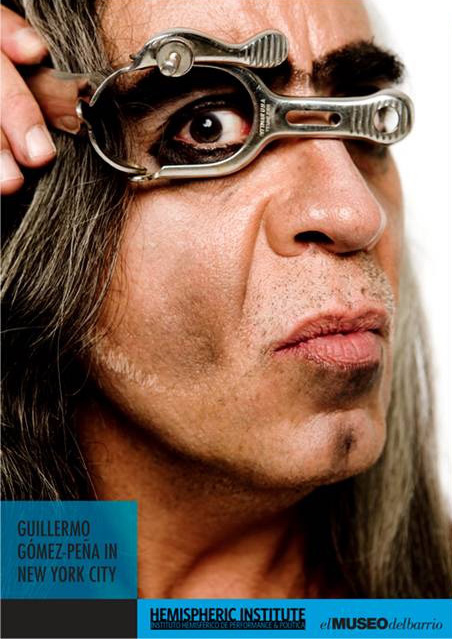
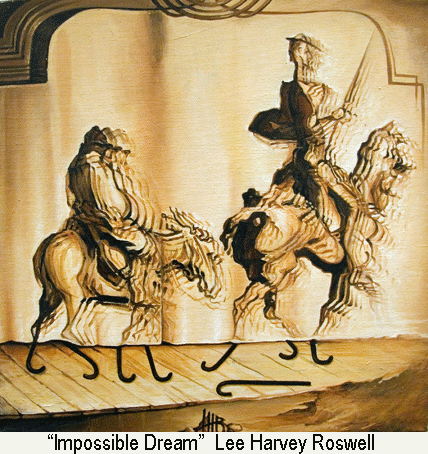
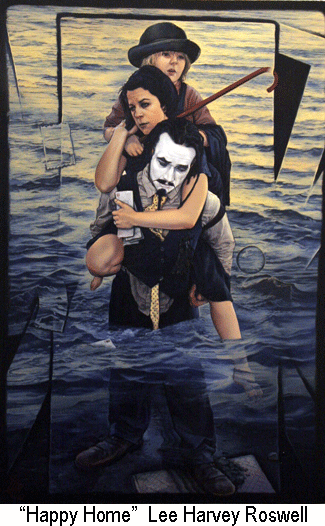

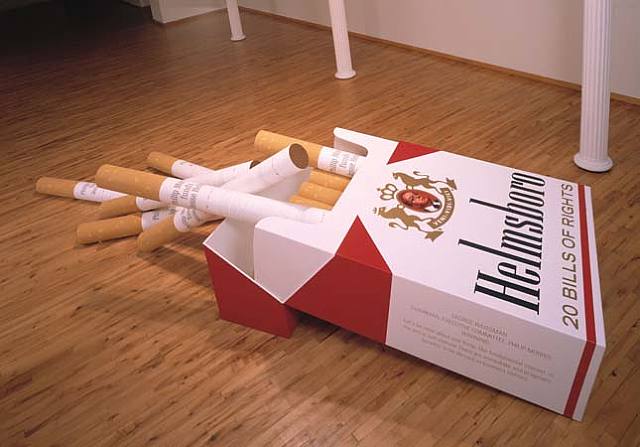
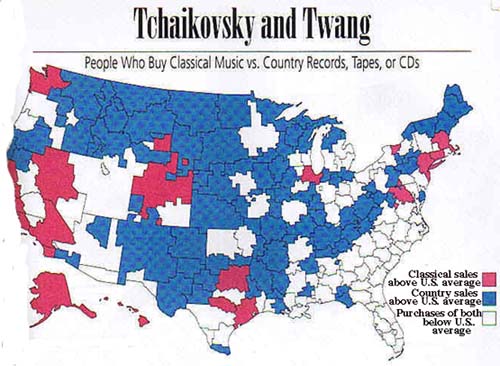

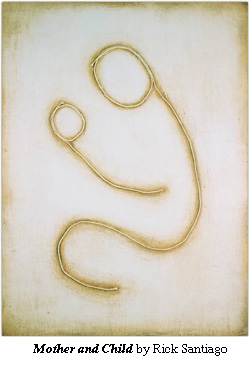
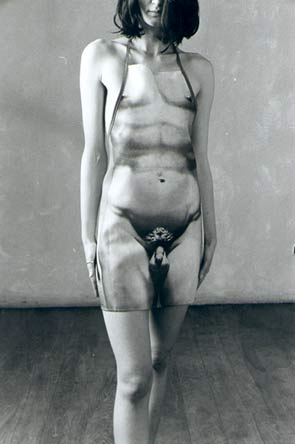

 Analyzing the killing of Phil (interesting that the name of the tribal African is a Christian diminutive. why?) at the psychological level, impotent Chris’ wounded macho is tinged with race hatred to the point of insanity. The N-word is probably the most politically potent word in America today. Of course that potency is mostly diffused if its utterance arrives on stage only from within the crippled psychology of a particular character. But it speaks to the power of words in our social relationships, that even within the safe haven of “it’s the character saying it, not me”, Roger as actor has been struggling to spit it out in some “natural” way. If the N-word were taken out the safety box of naturalism and employed as gestus, the whole of the production would need to struggle with its presence.
Analyzing the killing of Phil (interesting that the name of the tribal African is a Christian diminutive. why?) at the psychological level, impotent Chris’ wounded macho is tinged with race hatred to the point of insanity. The N-word is probably the most politically potent word in America today. Of course that potency is mostly diffused if its utterance arrives on stage only from within the crippled psychology of a particular character. But it speaks to the power of words in our social relationships, that even within the safe haven of “it’s the character saying it, not me”, Roger as actor has been struggling to spit it out in some “natural” way. If the N-word were taken out the safety box of naturalism and employed as gestus, the whole of the production would need to struggle with its presence.

